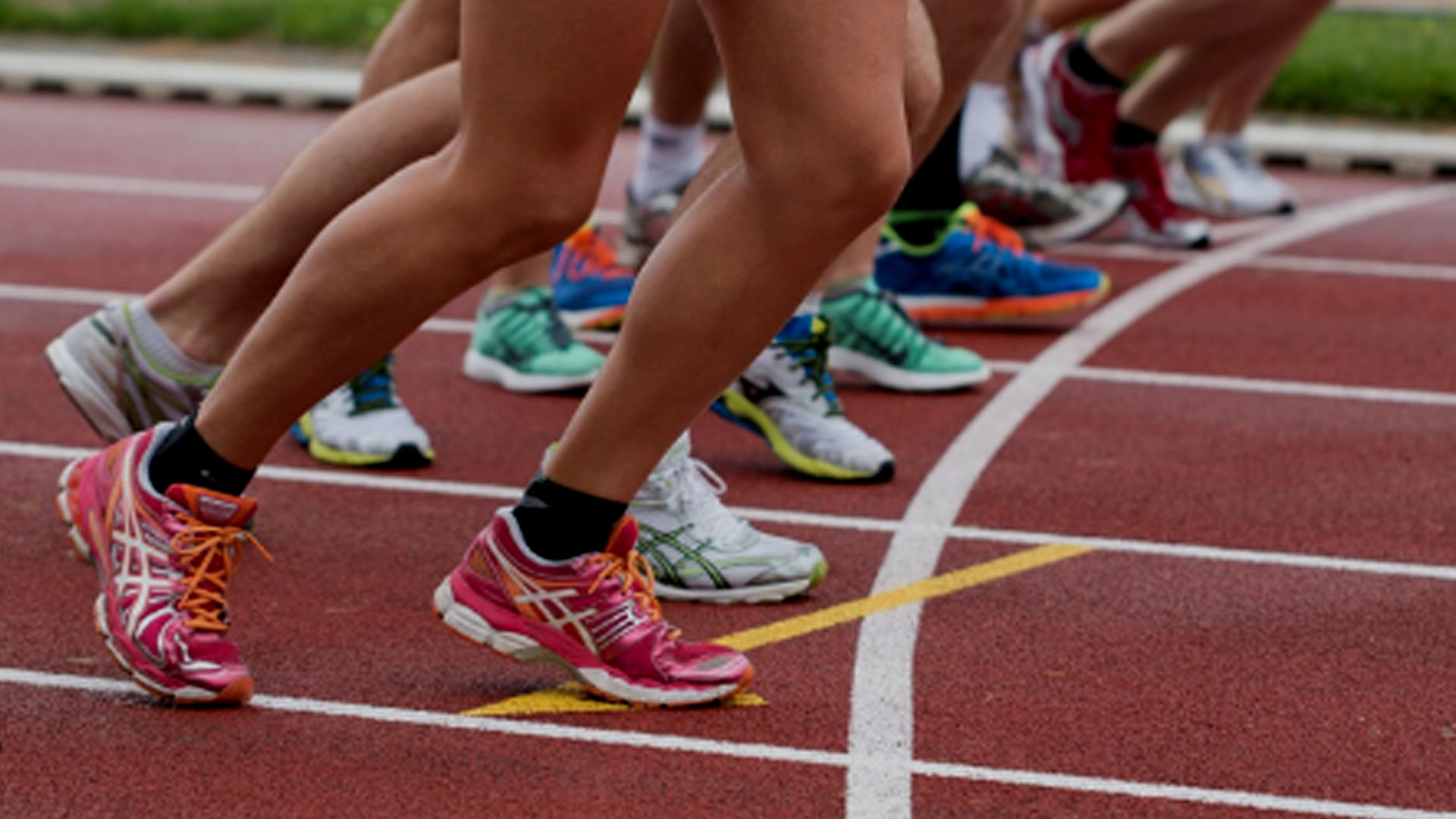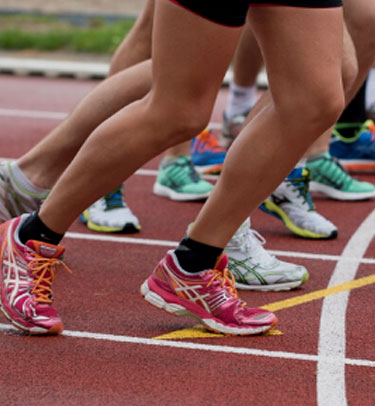Do you know that sports science is also known as exercise science? This is because sports science examines how your body works during exercise. It also studies how physical activities promote your health and performance. Over the past decade, sports science has become increasingly popular as an academic discipline among sportsmen/sportswomen and exercise enthusiasts. However, it is still a relatively new discipline. Hence, we have picked out five little known facts about sports science to share with you.
Fact #1: Sports Science Is Ancient!
We can trace sports science back to its origins since the very first Olympic games, which is said to occur in 776 BC in Olympia, ancient Greece. Since then, humans have been studying how to improve their athletic performance and gain an edge over one another in the competition games. As a result, sports science was born.
In the 2nd century, an ancient Greek physician and philosopher, Galen, wrote many health-related essays about proper nutrition, aerobic fitness and muscle strengthening. He also wrote about various strength exercises using halteres, which we called the dumbbell today.
In the 6th century, the famous wrestler Milos of Croton trained by carrying a newborn calf on his back daily until it was fully grown. This simple progressive exercise programme laid the foundation for more research to be done on health and fitness. But it wasn’t until the 20th century that sports science truly developed as a discipline. Scientific applications in sports hit its peak in the former Soviet Union and Eastern Bloc nations, according to Dr Jack Groppel, a specialist in performance enhancement. Many scientists there started doing intense research on the application of physics to movement and the physiological principles involved in exercise. This study of sports spread to the United States, and by the 1960s, many experts began to investigate sports-specific phenomena.
Fact #2: Sports Science Is Multidisciplinary!
Sports science is not just a discipline that studies how your body works during exercise. It is also a multidisciplinary subject that focuses on the scientific principles behind the performance of sports. It incorporates various fields of study, such as physiology, psychology, anatomy, biomechanics, nutrition, biochemistry and biokinetics. For example, you can study physiology and biomechanics to measure what happens in your body during exercise. You can study psychology to analyse the role of your mind in sports performance. You can study nutrition to learn how you are able to get the proper vitamins and supplements to fuel your body correctly.
The practicality of this subject means that students will also get to learn how to use equipment involved in exercise physiology, sports psychology, biomechanics, injury rehabilitation and coaching.
Fact #3: Sports Science Is High-Tech!
Sports science professionals often use multiple 3D cameras to capture how people move when they are playing sports. Do you know that there are also different sensors in the 3D cameras to monitor pressure, movements, forces and accelerations of the sportsmen? These sensors measure their positions, distances and speeds.
Called the 3D motion analysis, this is a critical part of sports science. Today, sports scientists can use computers to observe and analyse the movements of the athletes, which are recorded on cameras, to help them improve their techniques.
Fact #4: Sports Science Is Pragmatic!
If you are a sports science graduate, your role is very versatile. For example, you can choose to work as a fitness coach, aerobics instructor, athletic director or sports director. In fact, you can work in many more fields than a graduate of other disciplines.
According to Exercise Science guide, students of exercise science can work in training, strength coaching, managerial, directorial and corporate wellness roles, with positions such as an activity specialist, athletic scout or camp director. They can also choose to be in healthcare, with roles such as an exercise physiologist or clinical exercise specialist.
Fact #5: Sports Science Is Misunderstood!
As sports science continues to help improve our knowledge of the human body and how it works, it still remains as one of the few disciplines with many misconceptions. These are most likely due to misunderstanding of scientific research.
For example, just because a research shows that running damages the knees does not mean that you should believe it and stop running altogether.
“There’s a common misconception that too much running causes bad knees. However, according to research, there are still mixed findings regarding this association…. In fact, in an earlier longitudinal study conducted by Chakravarty et al (2008) of 45 long-distance runners, the control group was reported to have a higher incidence of knee replacements as compared to runners at the end of the study,” said Mariam Jalalludin, a lecturer of Sports Science at PSB Academy.
Hence, it is important for you to dig deeper and look for additional research to substantiate the results.
Other myths include: “in order to burn more body fat, you have to train at a moderate pace and longer duration”, “a woman will become big and bulky if she lifts heavy weights”, and “exercise machines are better than free weights”. Do you agree with these statements? We will leave them to you to find out!
References:
“History of Sport Science In the Olympiad” https://www.kylehuntfitness.com/history-of-sport-science-in-the-olympiad/ by Kyle Hunt (July 27, 2012)
“Sport Science – A Brief and Interesting History” https://www.addvantageuspta.com/default.aspx/act/newsletter.aspx/category/ADD-askprof/MenuGroup/ADD-depts/NewsLetterID/388/startrow/49.html by Jack Groppel, Ph.D. (March 2003)
“What Can You Do With An Exercise Science Degree?” https://www.exercise-science-guide.com/blog/what-can-you-do-with-exercise-science-degree/ by Chris Collora, M.S., Exercise Science Guide
“Long Distance Running and Knee Osteoarthritis A Prospective Study” https://www.ncbi.nlm.nih.gov/pmc/articles/PMC2556152/ by Eliza F. Chakravarty, MD, MS, Helen B. Hubert, PhD, Vijaya B. Lingala, PhD, Ernesto Zatarain, MD, and James F. Fries, MD (June 12, 2008)




 TOP
TOP





